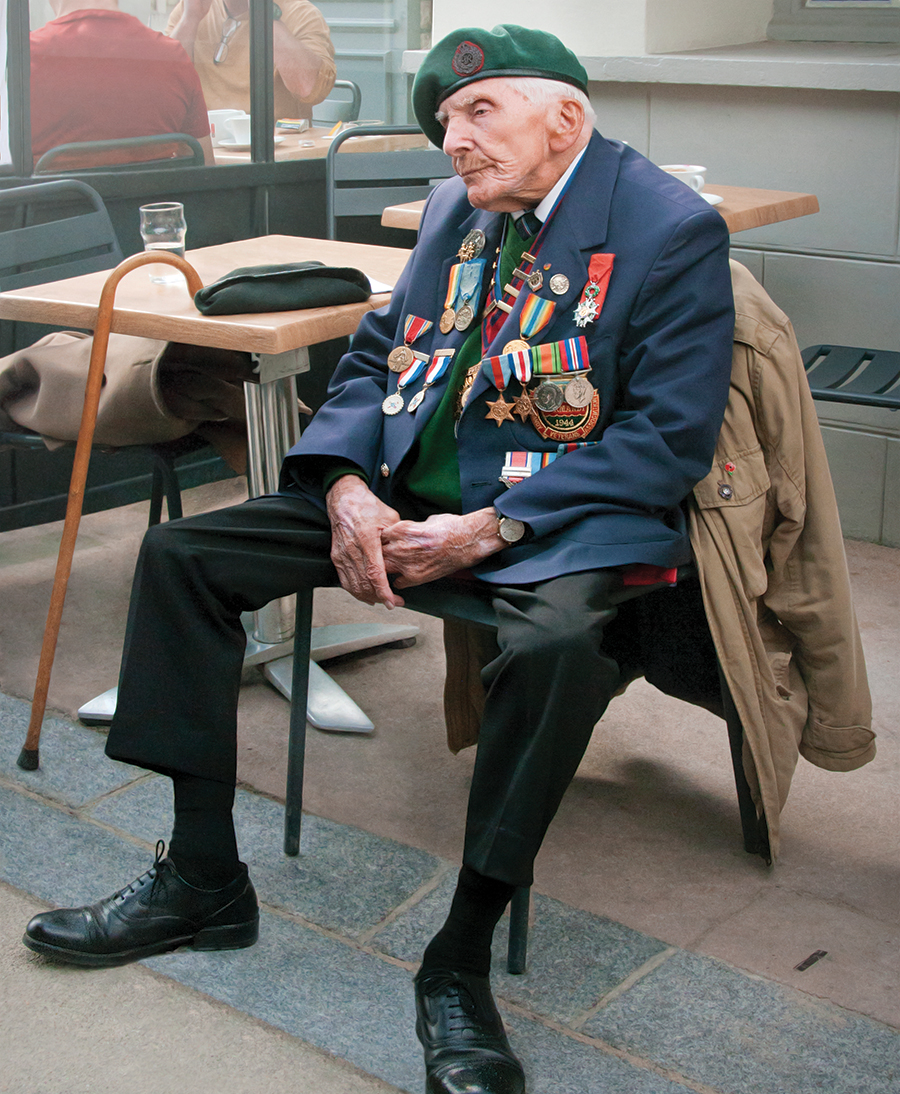A Country Made of Clouds
Awakening the dreamer is as simple as slowing down and looking up
By Jim Dodson
Not long ago, an old friend named Macduff Everton sent me a gift that reminded me to look up and take heart.
It was a stunning picture of clouds passing over a clubhouse at Smith Mountain Lake, Va., taken in late August of this year. Set against a dark, rainy sky, a line of bright white clouds that resembled the curling tops of ocean waves tumbled over the horizon, a remarkable cloud formation caused by shearing winds.
Macduff happens to be one of the world’s most honored landscape photographers, an artist whose work hangs in numerous museums around the world. Art critics have compared him to Ansel Adams for his soulful eye and brilliant portraits of nature, landscape and people.
Years ago, we traveled the world in each other’s company, photographing and writing about people and places from Ireland to New Zealand. Along with his wife, Mary, an internationally known artist in her own right, we once spent two weeks working in Cuba while Mary lectured at an art school in Havana. His photos from our fortnight on the forbidden island 25 years ago are some of the most soulful and revealing photos you’ve ever laid eyes on.
The amazing photo of clouds at Smith Mountain Lake, a rare formation technically known as a Kelvin-Helmholtz fluctus cloud, however, wasn’t a Macduff Everton jewel.
It was a simple photograph taken by Amy Hunter, member 50,322 of something called the Cloud Appreciation Society.
Macduff knew I would find it fascinating, which explains why his email featured the Society’s “Cloud of the Day” photograph along with a link to the organization’s website.
I clicked on it and spent a dreamy hour looking at a spectacular array of photographs and paintings of clouds posted by the society’s tens of thousands of members across 100 nations around the world, people who find comfort and inspiration in looking up at clouds. I also watched a TED Talk by the society’s founder, Gavin Pretor-Pinney.
His purpose in founding the Cloud Appreciation Society was to simply remind people of the value of looking up at the Earth’s most ephemeral live artwork.
“Clouds are so commonplace, so beautiful, people don’t even notice them unless they get in the way of the sun,” Pretor-Pinney told his TED audience, adding that Aristophanes, the Greek playwright, described passing clouds as “the goddesses of idle fellows” and believed they were, on the contrary, a boon to human imagination.
“Most people will admit to a nostalgic fondness for clouds that reminds them of their youth, finding shapes in the sky when we were masters of daydreams,” he said, pointing out that the digital world we live in today conspires to make us terminally too busy to pause and look up.
The point of cloud-spotting, as he calls it, is simply to slow down life’s swirling pace and observe the ever-changing beauty that is right above you, the perfect everyday meditation. “I think if you live with your head in the clouds it will help you keep your feet on the ground,” he says.
The society’s manifesto is a gem.
WE BELIEVE that clouds are unjustly maligned and that life would be immeasurably poorer without them.
We think that they are Nature’s poetry, and the most egalitarian of her displays, since everyone can have a fantastic view of them.
We pledge to fight “blue-sky thinking” wherever we find it. Life would be dull if we had to look up at cloudless monotony day after day.
We seek to remind people that clouds are expressions of the atmosphere’s moods and can be read like those of a person’s countenance.
We believe that clouds are for dreamers and their contemplation benefits the soul. Indeed, all who consider the shapes they see in them will save money on psychoanalysis bills.
And so we say to all who’ll listen:
Look up, marvel at the ephemeral beauty, and always remember to live life with your head in the clouds!
In a year under assault by a killer pandemic, a world suffering from a collapsed economy and a death rate spiraling ever upward, not to mention a presidential election that will offer either a ray of hope or more hopeless chaos, looking up at clouds suddenly struck me a very sensible thing to do.
I signed up right away and within days received my official Cloud Appreciation Society Certificate of Membership, newly minted member number 52,509, plus a nifty “Cloud Selector” designed to help a rookie cloud spotter identify the ephemeral art forever passing overhead.
It felt like 1957 all over.
That year, as a dreamy four-year-old who lived in a house directly across the street from the Gulf of Mexico in Mississippi, I became obsessed with storm clouds over the ocean thanks to a man named Big Earl who ran the printing press at my father’s weekly newspaper in Gulfport. Big Earl informed me that we lived “smack dab in the middle of Hurricane Alley.”
With a kind of ghoulish enthusiasm, he suggested that I keep a sharp eye on storm clouds over the Gulf because they would indicate when a major hurricane was headed our way.
His warning prompted me to write off for an official Hurricane Preparation Kit offered, as I recall, by the National Geographic Society, just to be ready for the big blow. Every day I watched the clouds over the Gulf.
But no hurricane ever came.
Plenty of bone-rattling thunderstorms did, however, which caused the Gulf to cough up spectacular sea shells for my mom and me to collect on our evening walks. We often sat at the end of the dune boardwalk watching the changing skies over the water — a gorgeous light show of pleated pinks and purples — picking out shapes that looked like faces or animals in the sky.
That autumn, we moved home to Carolina. By then, I was hooked on skywatching.
On my first trip to England in 1977, arriving as dawn broke over the continent, my plane dropped through a thick soup of clouds that always seem to blanket the Blessed Isles when suddenly, just below, a magical green world of hedgerows and winding lanes appeared, a storybook village with a Norman church tower and a herd of sheep on the hill. I was utterly awestruck. Those clouds were a curtain to enchantment.
From that point forward, whenever work duties placed me in the sky — which was often in those days — I loved flying through and above clouds, watching moving continents of white stretching away to eternity below the wings of the airplane, a visually majestic kingdom where light and weather forever danced together. I came to think of that peaceful, otherworldly place as a “country made of clouds.”
Several years ago, in fact, I even began writing a novel with that notion in its title, a project that recently morphed into a screenplay about a troupe of pioneering female pilots after World War II that my daughter Maggie — the real writer in the family — is working on, with a little help from her cloud-loving old man.
Here’s a key scene from my unfinished novel, A Country Made of Clouds, in which the protagonist, a famous aviatrix and women’s activist named Dodo Barnes, takes her young son up for his first ride in her old barnstorming biplane for a sunset flight over the Outer Banks. He’s a wispy little kid, not unlike I was in 1957. Dodo speaks into his ear as he perches on her lap, awestruck by the beauty of the shapes in clouds he sees below them.
“You know, Hawk,” says Dodo, “I find such happiness up here. It’s like a beautiful country made of clouds, a place where there are no wars, no turmoil, no sadness of any kind, only endless light and peaceful clouds you could almost walk on to forever. I sometimes think this must be what the way to heaven looks like.”
Somewhere during our many journeys together, I must have told my buddy Macduff Everton about this novel, describing a scene that was inspired by my mother’s own words as we sat on the dunes long ago watching clouds over the Gulf of Mexico.
Or maybe he just sensed that I would find the Cloud Appreciation Society a timely reminder of my days as a master of daydreams, the perfect antidote to a world turned upside down.
Whichever it is, society member 52,509 is thrilled to look up and put his head in the clouds. OH
Contact founding editor Jim Dodson at
jim@thepilot.com



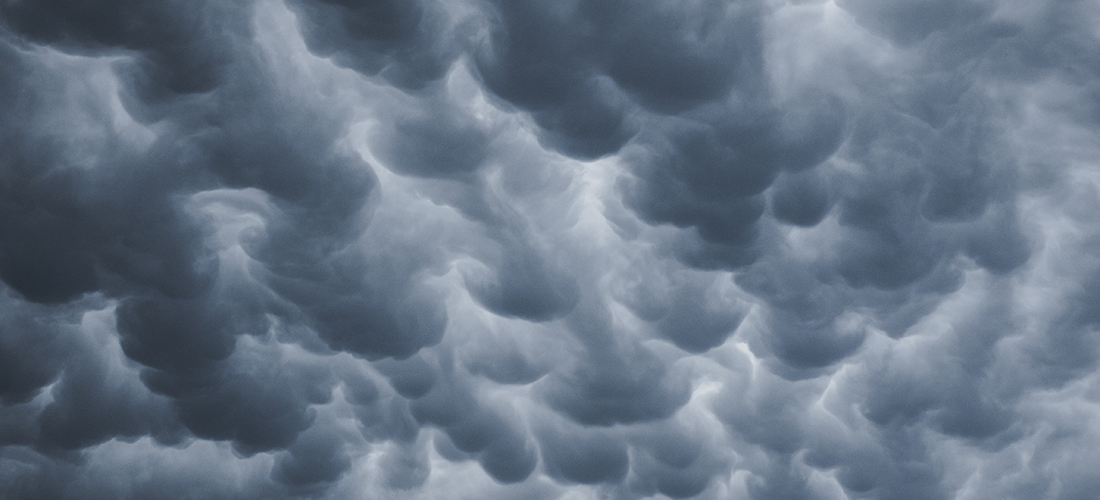






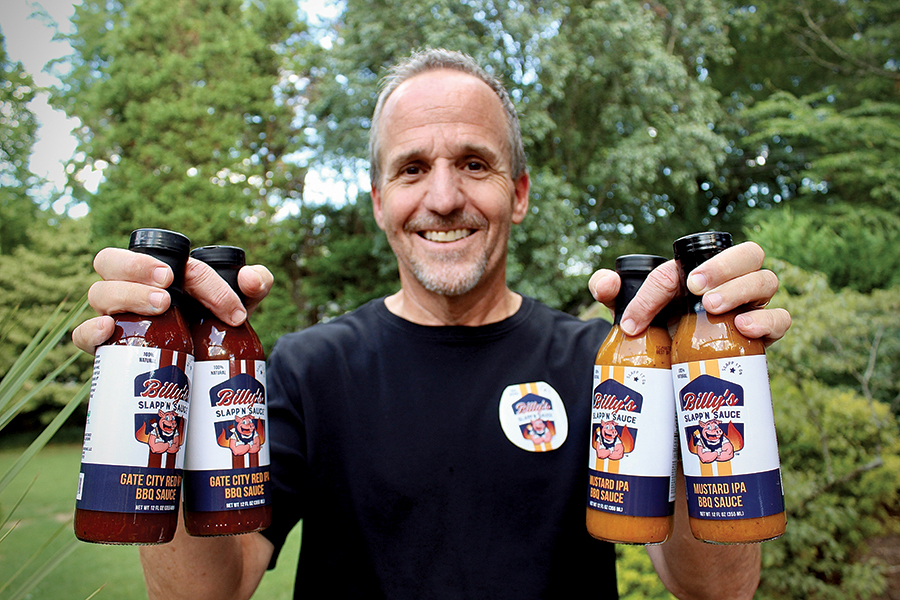

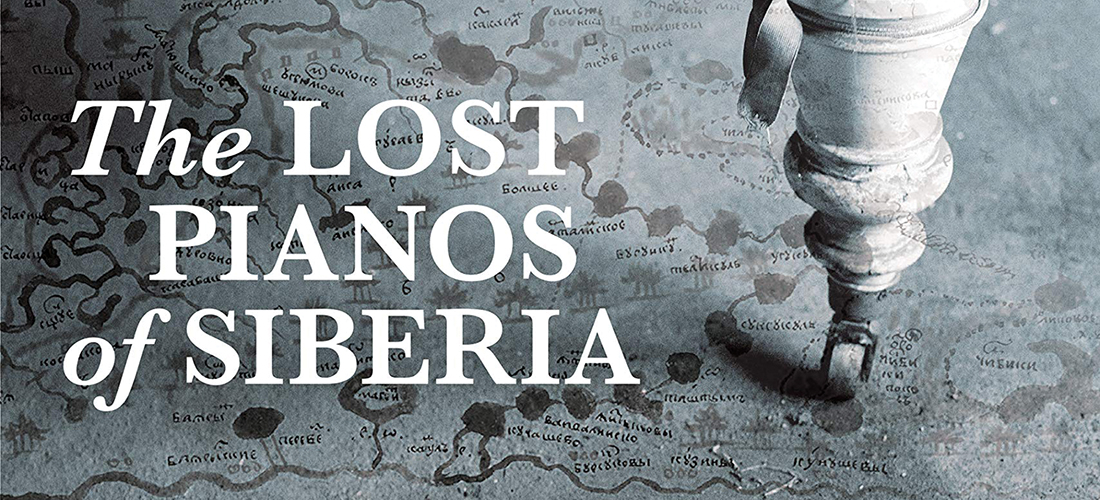
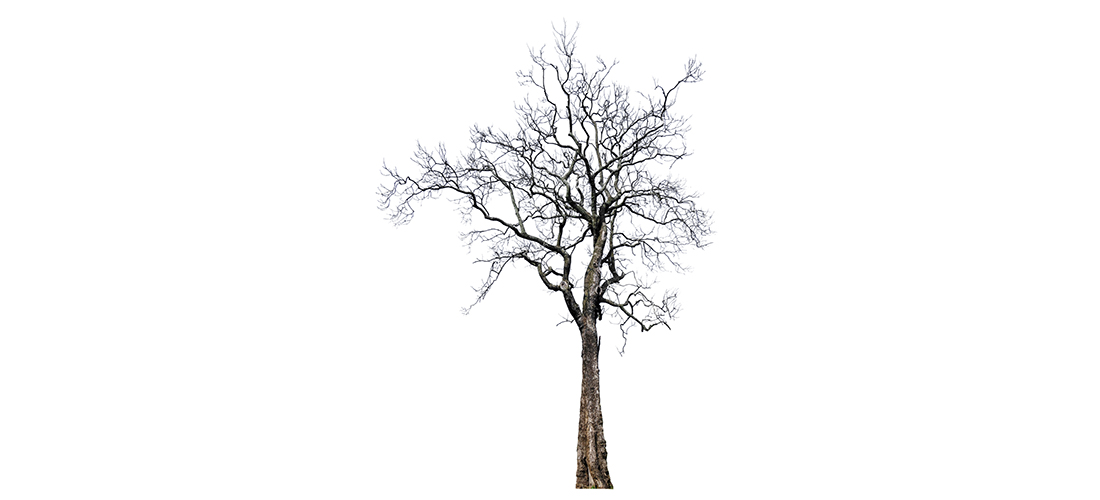
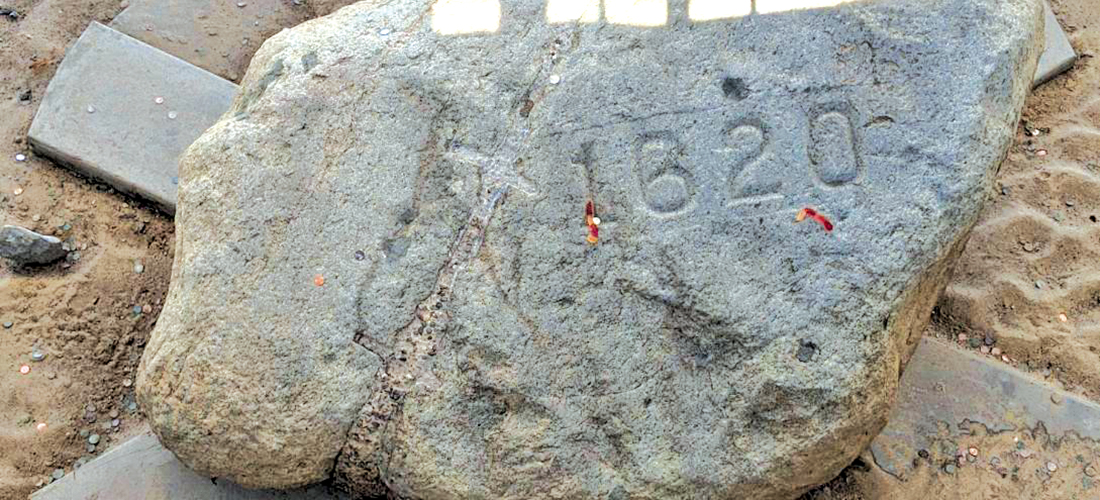

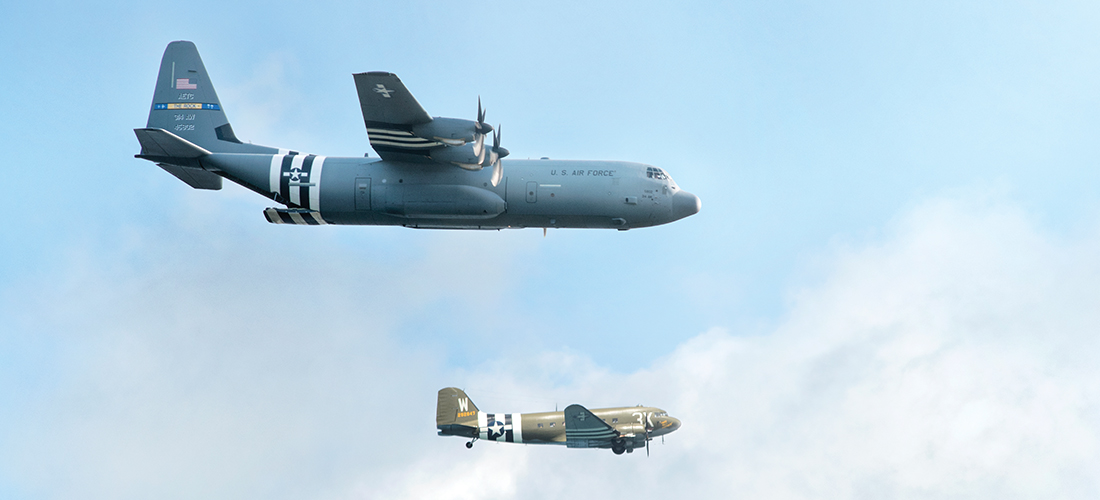
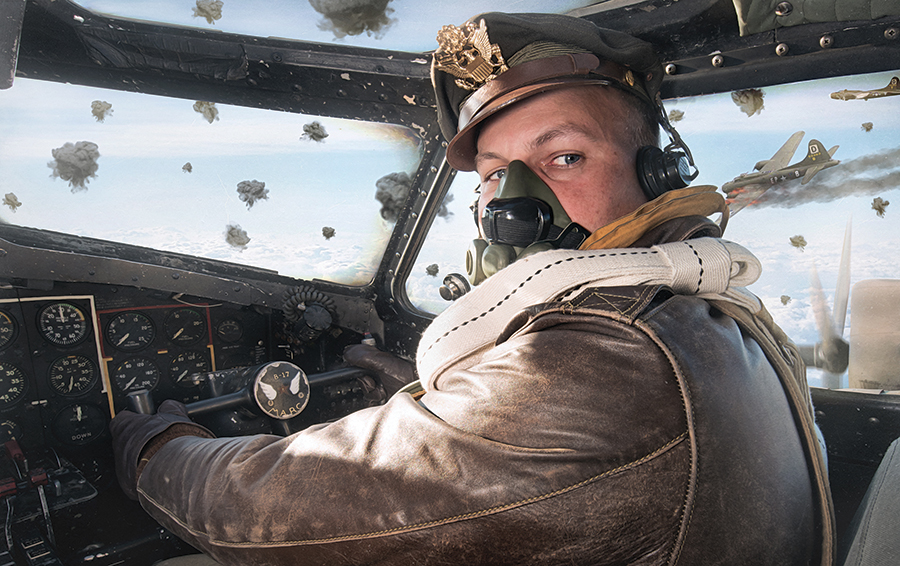 “To preserve and educate,” Bemis replies when asked why he goes to such lengths to capture bygone eras. “We have to preserve the memories of our veterans and the experiences they went through. And we also have to teach new generations about the sacrifices that they were willing to go through to preserve our democracy.”
“To preserve and educate,” Bemis replies when asked why he goes to such lengths to capture bygone eras. “We have to preserve the memories of our veterans and the experiences they went through. And we also have to teach new generations about the sacrifices that they were willing to go through to preserve our democracy.”
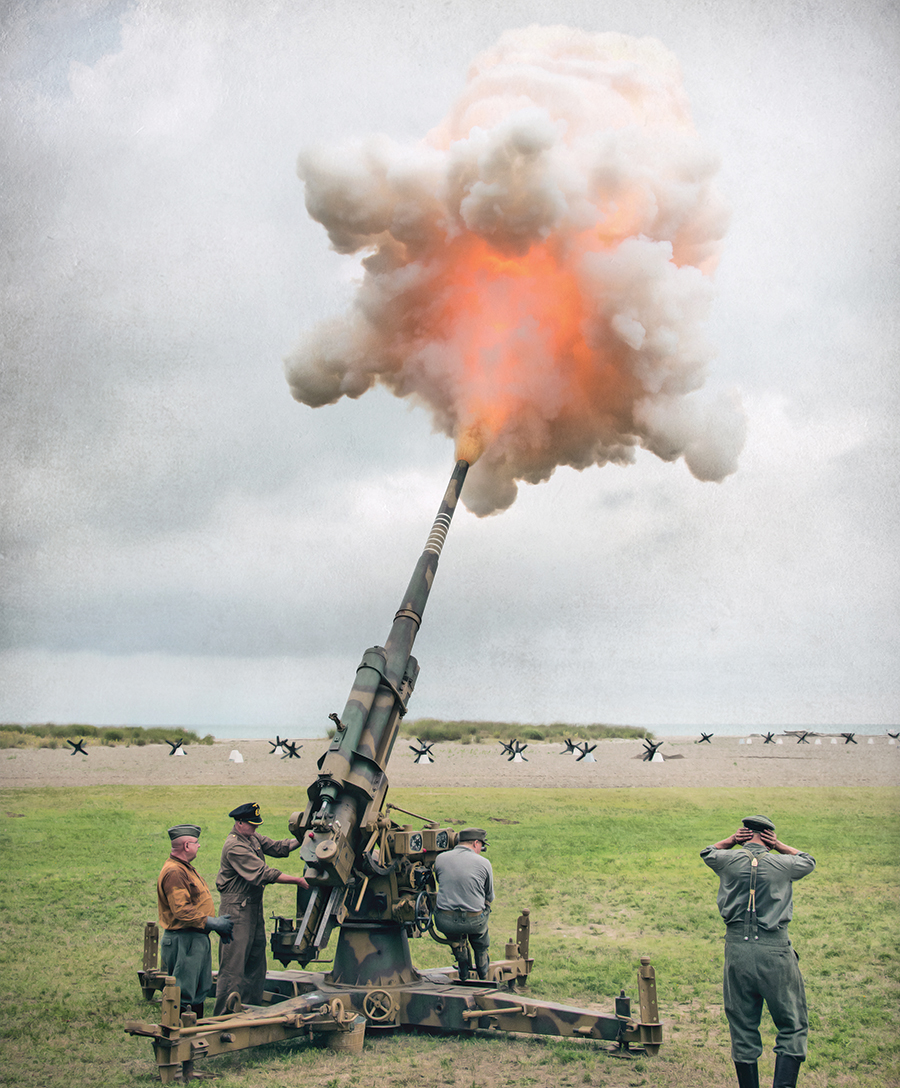
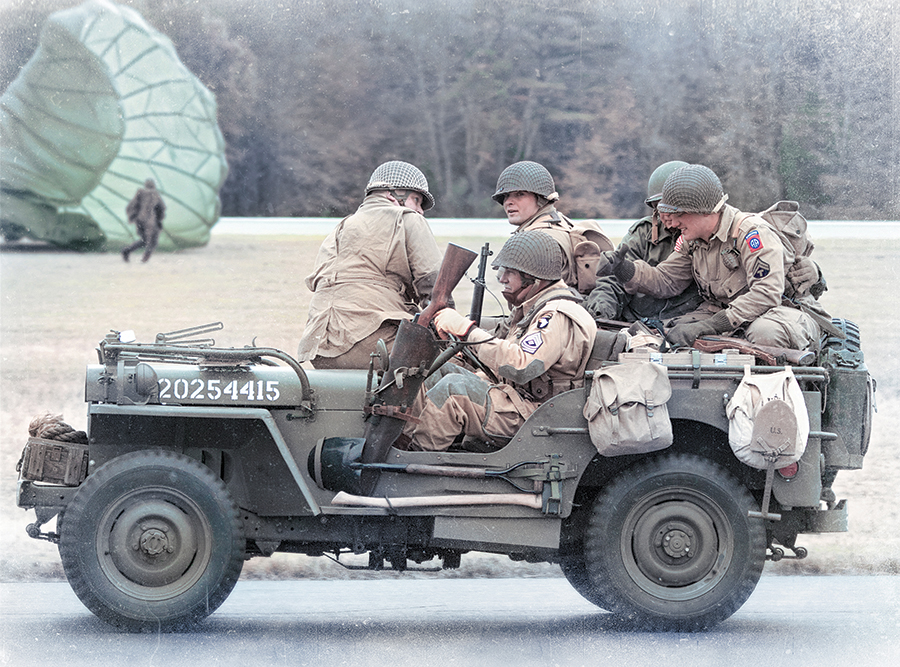
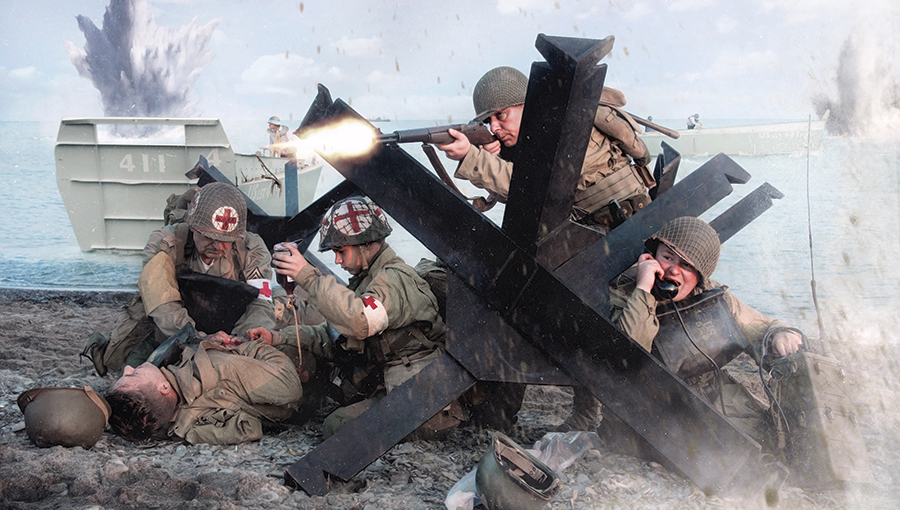

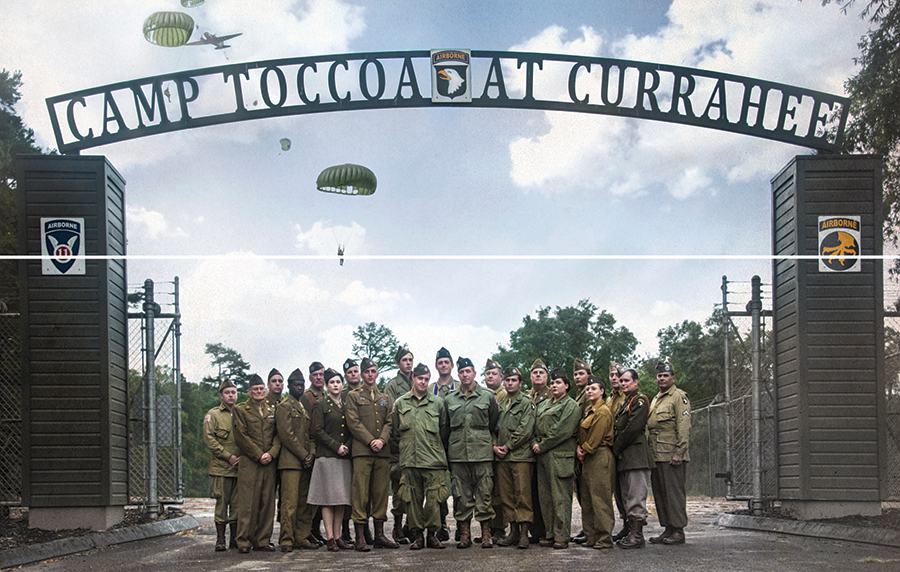
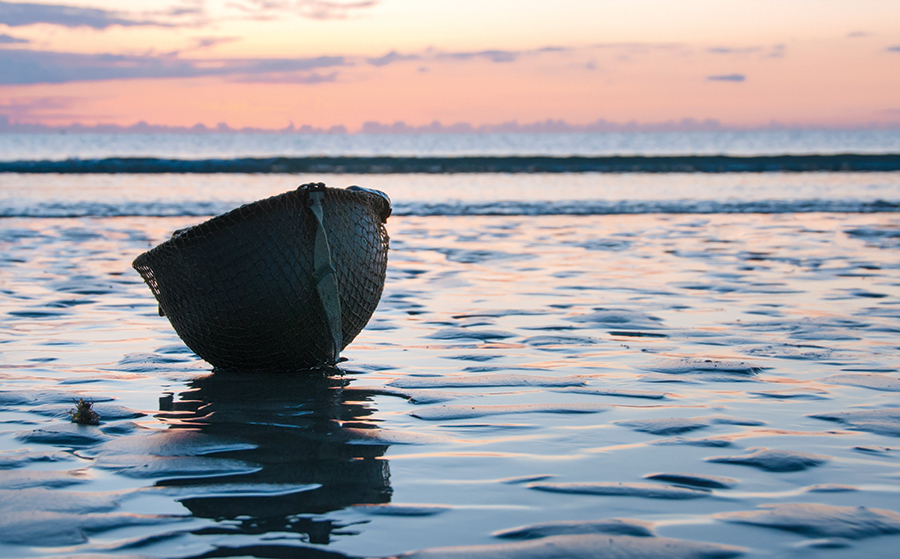
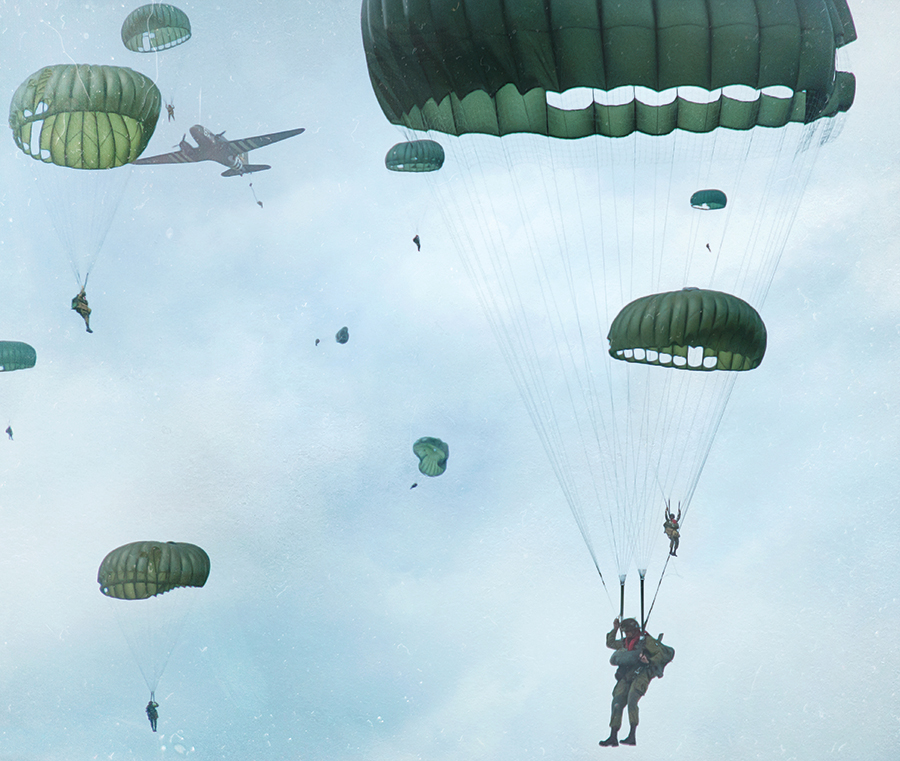

 What’s t
What’s t